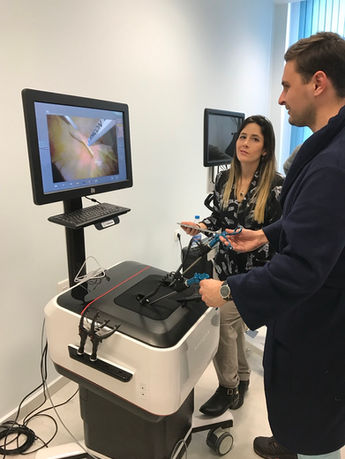Implemented projects
Sveta Ekaterina Hospital - Sofia
The simulation centre includes the following categories of simulators:
1. High-fidelity robotic simulators for ultrasound diagnosis and treatment, transesophageal echocardiography, and endovascular procedures in cardiology, electrophysiology, vascular surgery, and radiology.
2. An interactive digital patient featuring a wide range of scenarios in cardiology and vascular surgery.
3. A trainer for minimally invasive aortic valve surgery.
Faculty of Medicine
Sofia University St. Kliment Ohridski
The simulation centre includes the following categories of simulators:
1. A wide range of surgical robotic simulators for laparoscopic, thoracoscopic, endoscopic, and arthroscopic surgery, as well as endovascular procedures across various specialties.
2. High-fidelity mannequins for intensive care, critical care, trauma, pediatrics, neonatology, and OB/GYN training.
3. Task simulators for focused skill development.
4. An interactive digital patient designed to enhance clinical reasoning and solve medical cases from an extensive scenario library.
5. A mitral valve minimally invasive surgery simulator for specialized cardiac training.
Medical University - Plovdiv
Spanning over 800 sqm, the simulation centre features a diverse range of simulation mannequins and equipment.
1. Patient simulators: Cutting-edge manikins capable of representing a wide variety of clinical conditions.
2. High-fidelity surgical simulators:
These advanced simulators provide a highly realistic environment for practicing laparoscopic, endoscopic, arthroscopic, and endovascular procedures.
Equipped with real-time tactile feedback and the ability to repeat procedures, they help learners refine their psychomotor skills and improve surgical precision.
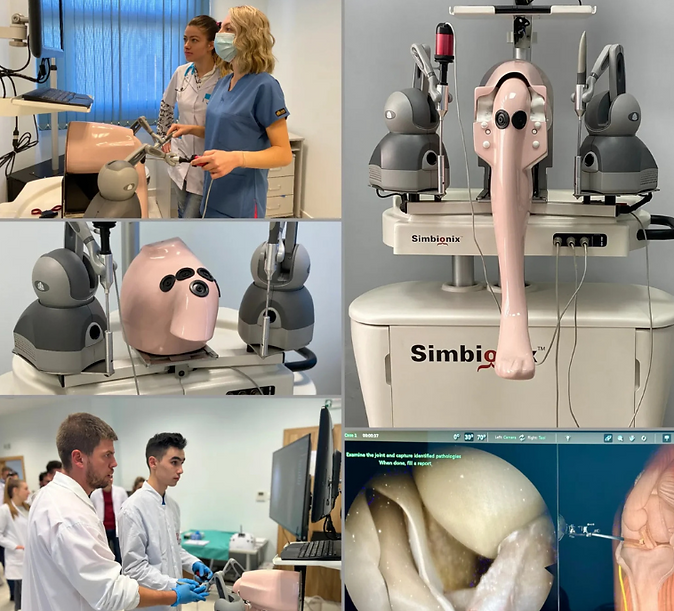.png)
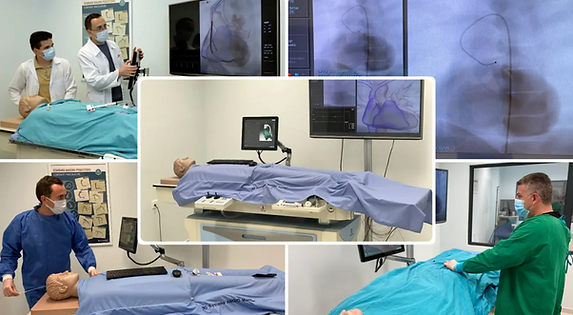.png)
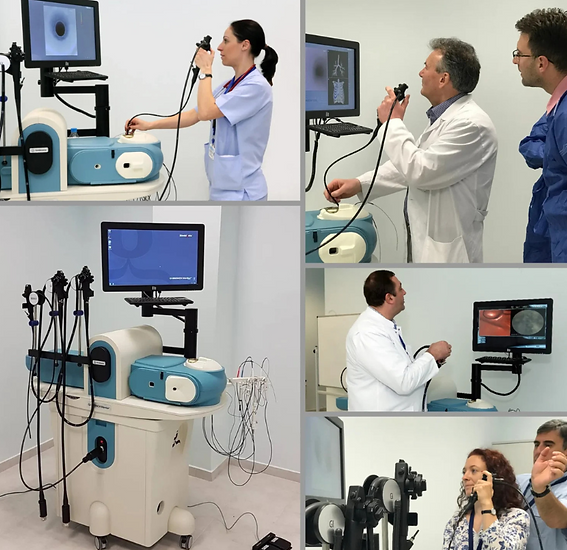.png)
.png)
4. Task simulators:
These modular systems enable trainees to practice various manipulations and techniques, offering a flexible and efficient way to develop fundamental skills across different medical specialties.
5. A platform for critical clinical thinking:
This platform simulates a comprehensive hospital environment with a diverse range of scenarios that mirror real clinical situations. Learners can engage in verbal communication with patients, take medical histories, perform laboratory and imaging tests, conduct consultations, and apply various procedures and interventions.
3. Mixed and Virtual Reality (VR):
Learners can engage with advanced VR technologies, allowing them to practice procedures in a dynamic 3D environment. This immersive experience enhances understanding of complex anatomical structures and surgical techniques, making training both realistic and memorable.
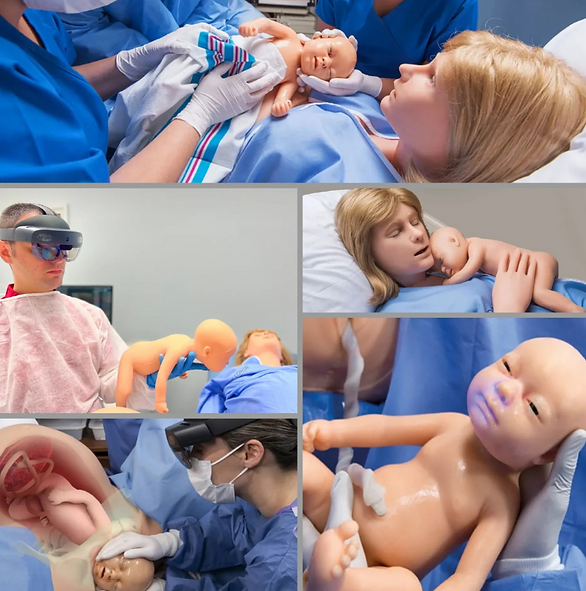.png)
.png)
Medical University - Varna
The simulation centre includes the following categories of simulators:
1. High-fidelity robotic surgical simulators for laparoscopic, thoracoscopic, and endovascular procedures.
The Lap Mentor III is an advanced 3D laparoscopic simulator offering a wide range of hands-on training capabilities.
-
Its continuously expanding library is regularly updated with new modules, incorporating learning tasks that reflect the latest trends and advancements in laparoscopic surgery.
-
Equipped with 3D virtual reality goggles, the simulator enhances the realism of the clinical environment. This immersive feature places trainees in an operating theatre setting, helping them develop decision-making skills under pressure.
-
The simulator covers a diverse range of clinical scenarios across general, gynecological, urological, bariatric, colorectal, and thoracic surgery.
2. An interactive digital patient designed to strengthen clinical reasoning skills and enable trainees to solve medical cases from an extensive scenario library.
Military Hospital - Sofia
The simulation centre includes the following categories of simulators:
1. Robotic simulators designed for endoscopic, laparoscopic, thoracoscopic, and robotic surgery, providing advanced training across multiple surgical techniques.
2. High-fidelity manikins for intensive care and treatment, along with trauma mannequins that simulate various types of injuries—including military and fire-related injuries, puncture wounds, burns, household accidents, and injuries caused by natural disasters.
















